Niagara Falls
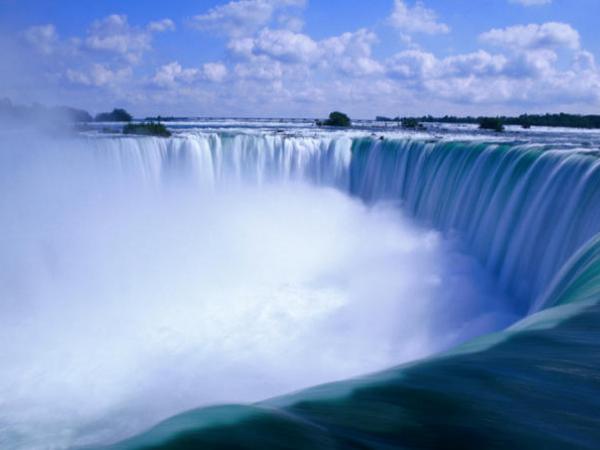
Niagara Falls
One of the great wonders of the world, Niagara Falls' immense natural beauty has attracted tourists and artists from around the world for centuries.
A beautifully told narrative of the famous legend behind Niagara Falls. Long ago, a Seneca tribe lived on the Niagara River, just upstream from a great waterfall. With plenty of fish and crops to feed them, life was good in their village. Then a sickness came to the people, and everything changed. As the situation worsened and people died, Lelawala, the chief’s daughter, came up with a plan to help. She would go to the thunder god, Hinu, and find out why he wouldn’t help her people. But to do that, Lelawala would have to go to his home under the great falls, and never return.
 Buy from Amazon
Buy from Amazon  Buy from Indigo
Buy from Indigo Tours that might be of interest.
Welcome to The Niagara Parkway. Winding its way along our side of the Niagara River, the parkway connects Fort Erie to Niagara-on-the-Lake, passing through several villages and historic areas - including Niagara Falls, where out tour begins. Have we mentioned its perfect for biking? Have we mentioned the enormous amount of history you can discover? How about all the books to go along?
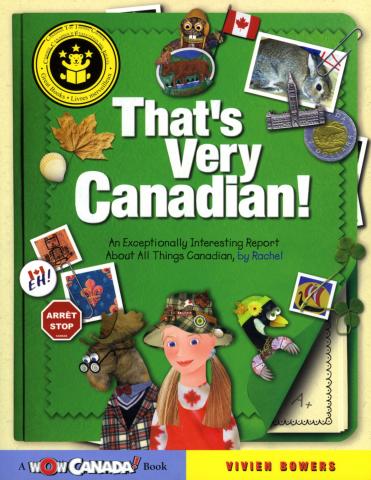
The voice of Rachel through her school project on Candian symbols sheds light on Canada and its unique national identity. Part of the Wow! Canada series, That's Very Canadian is an investigation into what makes Canadians what they are. From offical symbols to unoffical understandins, Rachel looks at what makes this nation a nation.
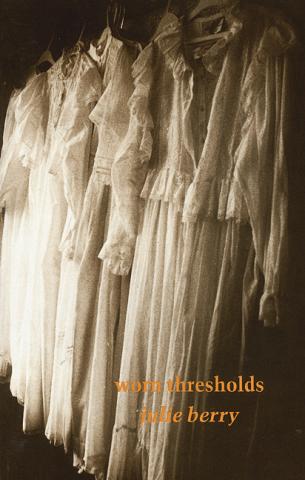
Reading Julie Berry’s poetry means entering a new poetic space, crossing thresholds of pain and delight at once raw and refined. “like marie d’oignies who buried bloody/ mouthfuls of herself/ in the garden/ i need my poems to be like this,” Berry writes in “Touching Ground.” “Like this” is finely-turned and constantly surprising, haunting as plainsong, throaty as the blues.
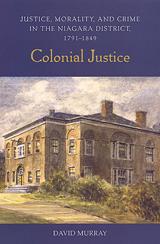
Murray explores how far local characteristics affected the operation of a criminal justice system transplanted from England; his analysis includes how legal processes affected Upper Canadian morality, the treatment of the insane, welfare cases, crimes committed in the district, and an examination of the roles of the Niagara magistrates, constables, and juries. Murray concludes by arguing that while the principles and culture of British justice were firmly implanted in the Niagara district, this did not prevent justice from being unequal, especially for women and visible minorities.
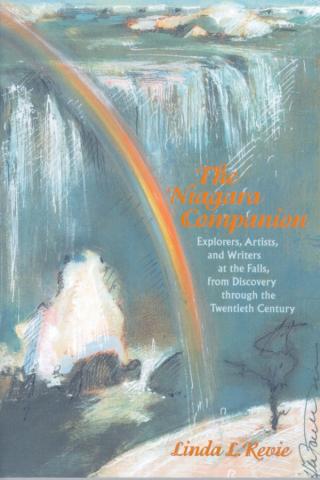
In The Niagara Companion, Linda L. Revie carefully unpacks centuries of artistic depictions of the awe-inspiring waterfall. Her careful considerations reveal how writers, artists, explorers, and scientists - all with their own specific commitments and conventions - have tried to encapture this singular natural wonder and wrestle with its immense force.
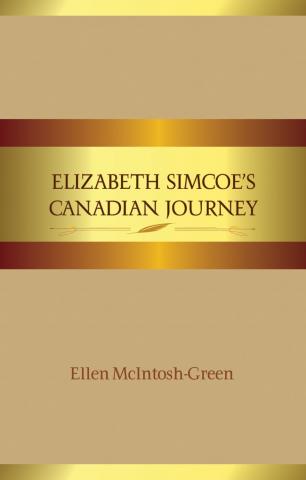
Elizabeth Simcoe was married to first Lt. Governor of Upper Canada John Graves Simcoe. She was a privileged, upper-class, English woman who refused to be left behind in England, therefore travelling with her husband and carving an English society out of what is now recognized as Ontario. Unparalleled by anyone in her time, Elizabeth forged through Lower and Upper Canada, creating one of the most inspiring and tragic stories of Canada.
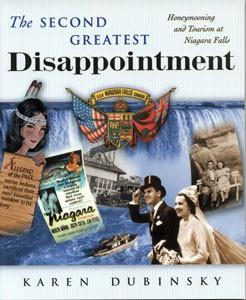
For two centuries, the natural spectacle of Niagara Falls has long been a destination for newlyweds and tourists from around the world. Why is that? In her book, The Second Greatest Disappointment: Honeymooning and Tourism at Niagara Falls, Karen Dubinsky poses a deceptively simple question: of all the ways to promote a waterfall as a tourist destination, why honeymoons?
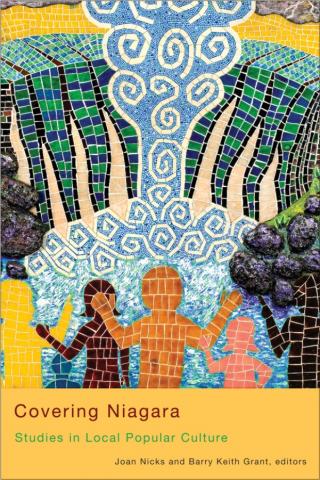
Covering Niagara: Studies in Local Popular Culture closely examines some of the myriad forms of popular culture in the Niagara region of Canada. Essays consider common assumptions and definitions of what popular culture is and seek to determine whether broad theories of popular culture can explain or make sense of localized instances of popular culture and the cultural experiences of people in their daily lives.
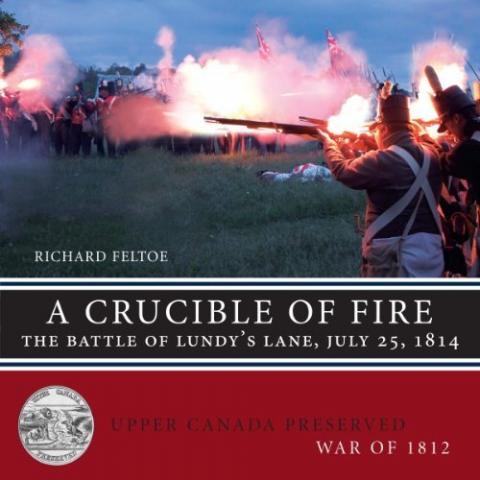
Following their invasion at Fort Erie and decisive victory at the Battle of Chippawa, an American army of over 5,000 men seemed poised to sweep across the Niagara frontier to Lake Ontario, link up with the American fleet, and complete the final expulsion of the British allied forces from Upper Canada. However, only a month later, the shattered remnants of this force were firmly on the defensive and feverishly digging in as the British advanced to begin the siege of Fort Erie.
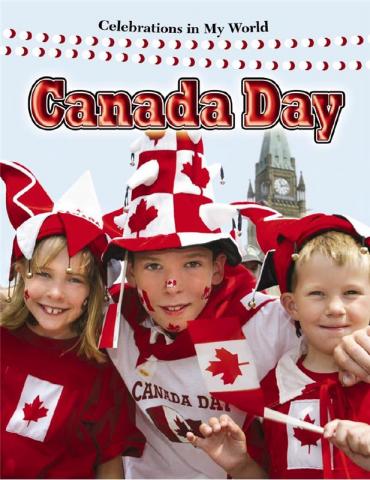
Learn the history behind this national holiday, celebrating the birth of a nation by Canadians from coast to coast. See the many different ways in which this multi-cultural nation recognizes this occasion with fireworks, music, food, a day-off work, and other special events.
Visit the publisher's website.
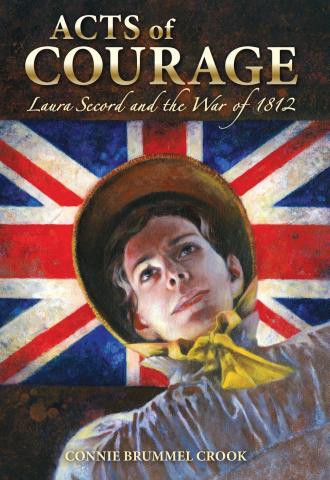
In Acts of Courage, Connie Brummel Crook dramatizes the life of one of Canada’s most enduring heroines, Laura Secord. from young Laura Ingersoll’s early days in Great Barrington, Massachusetts, amidst the turmoil that followed the American Revolutionary War, the story outlines her father’s difficult decision to move his family to Upper Canada.

A beautifully told narrative of the famous legend behind Niagara Falls. Long ago, a Seneca tribe lived on the Niagara River, just upstream from a great waterfall. With plenty of fish and crops to feed them, life was good in their village. Then a sickness came to the people, and everything changed. As the situation worsened and people died, Lelawala, the chief’s daughter, came up with a plan to help. She would go to the thunder god, Hinu, and find out why he wouldn’t help her people. But to do that, Lelawala would have to go to his home under the great falls, and never return.
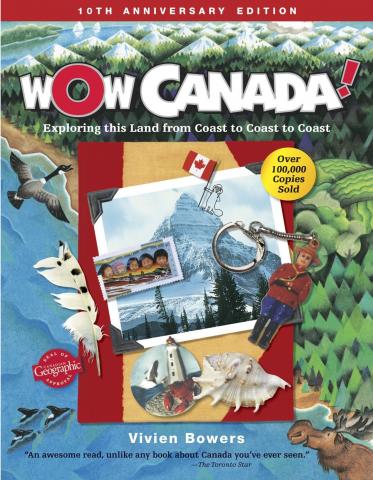
A story told through the perspective of 12-year-old Guy and his family, this Wow Canada! 10th Anniversary book takes us on a journey throughout the country and its many splendors. Guy and his family travel across the country and discover hidden gems and informative fact about Canada and all that it has to offer.
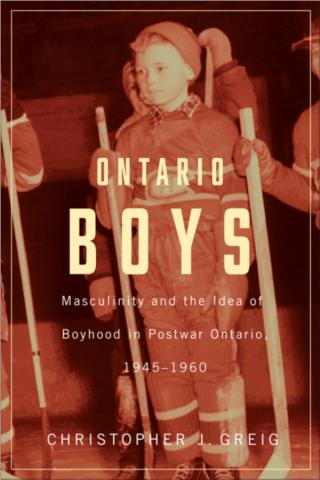
Ontario Boys explores the preoccupation with boyhood in Ontario during the immediate postwar period, 1945–1960. It argues that a traditional version of boyhood was being rejuvenated in response to a population fraught with uncertainty, and suffering from insecurity, instability, and gender anxiety brought on by depression-era and wartime disruptions in marital, familial, and labour relations, as well as mass migration, rapid postwar economic changes, the emergence of the Cold War, and the looming threat of atomic annihilation.
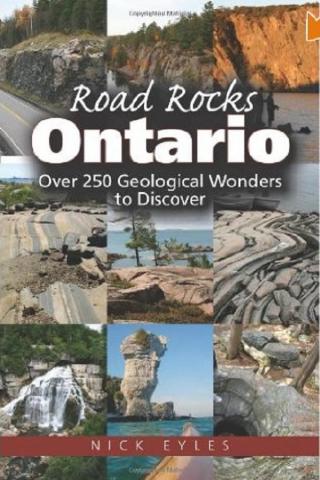
Ontario's rich geologic history is illustrated here by short descriptions of more than 200 field sites ranging from Timmins in the north to Windsor in the south. These include the Sleeping Giant near Thunder Bay; Agawa Canyon; the Sudbury meteorite crater; Niagara Escarpment; the Falls and Gorge; numerous caves, the mineral-rich Bancroft area; and the high lakeshore cliffs at Scarborough Bluffs. Some sites are sacred to First Nations and are associated with spectacular rock art.
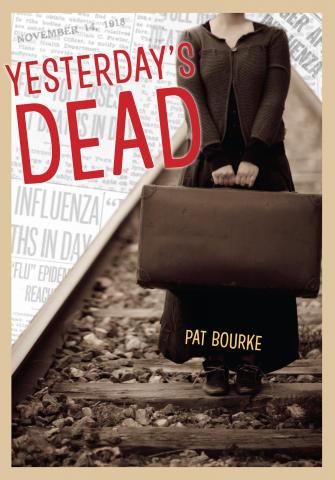
Thirteen-year-old Meredith yearns to become a teacher but must leave school to help support her family. To find the best paying job for a young girl of her class, she travels to the city to work as household help in a doctor’s home. From the start, her life is made difficult by the cantankerous and prickly butler, and confrontations with Maggie, the doctor’s spoiled thirteen-year-old daughter.
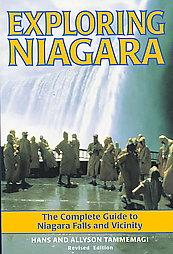
Covering both sides of the Canada-U.S. border, and all within about a 30-minute drive of the Falls, the book unveils more than 50 tours and day trips to and through places of interest in the Niagara region. Descriptions of the trips themselves - varying from under an hour to several days - detail the historical and geographical highlights of each destination, and offer up a variety, suggesting tours that can be taken by car, by bicycle, or on foot.